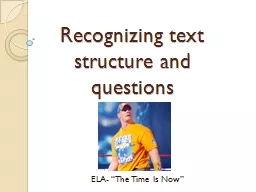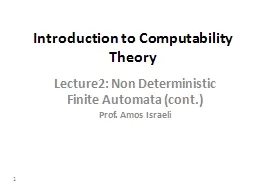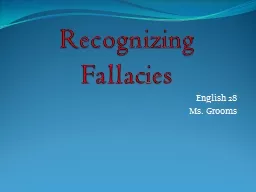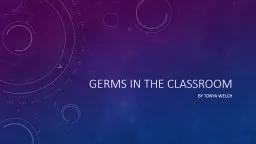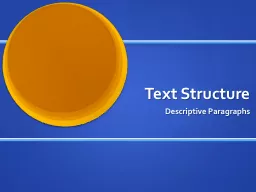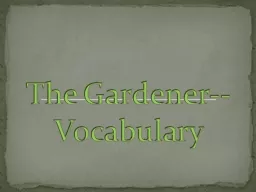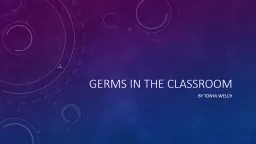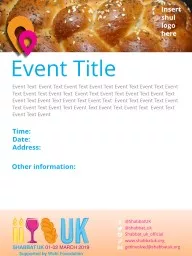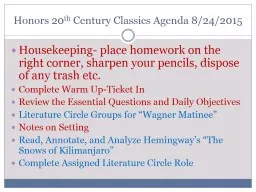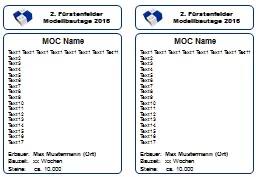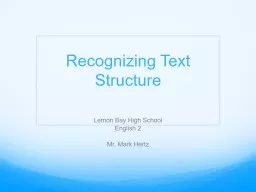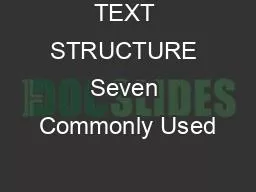PPT-Recognizing text structure and questions
Author : conchita-marotz | Published Date : 2018-03-10
ELA The Time Is Now What are the questions looking for To see if you can Find an order sequence Compare and Contrast Describe Find the problem and a solution Find
Presentation Embed Code
Download Presentation
Download Presentation The PPT/PDF document "Recognizing text structure and questions" is the property of its rightful owner. Permission is granted to download and print the materials on this website for personal, non-commercial use only, and to display it on your personal computer provided you do not modify the materials and that you retain all copyright notices contained in the materials. By downloading content from our website, you accept the terms of this agreement.
Recognizing text structure and questions: Transcript
Download Rules Of Document
"Recognizing text structure and questions"The content belongs to its owner. You may download and print it for personal use, without modification, and keep all copyright notices. By downloading, you agree to these terms.
Related Documents

